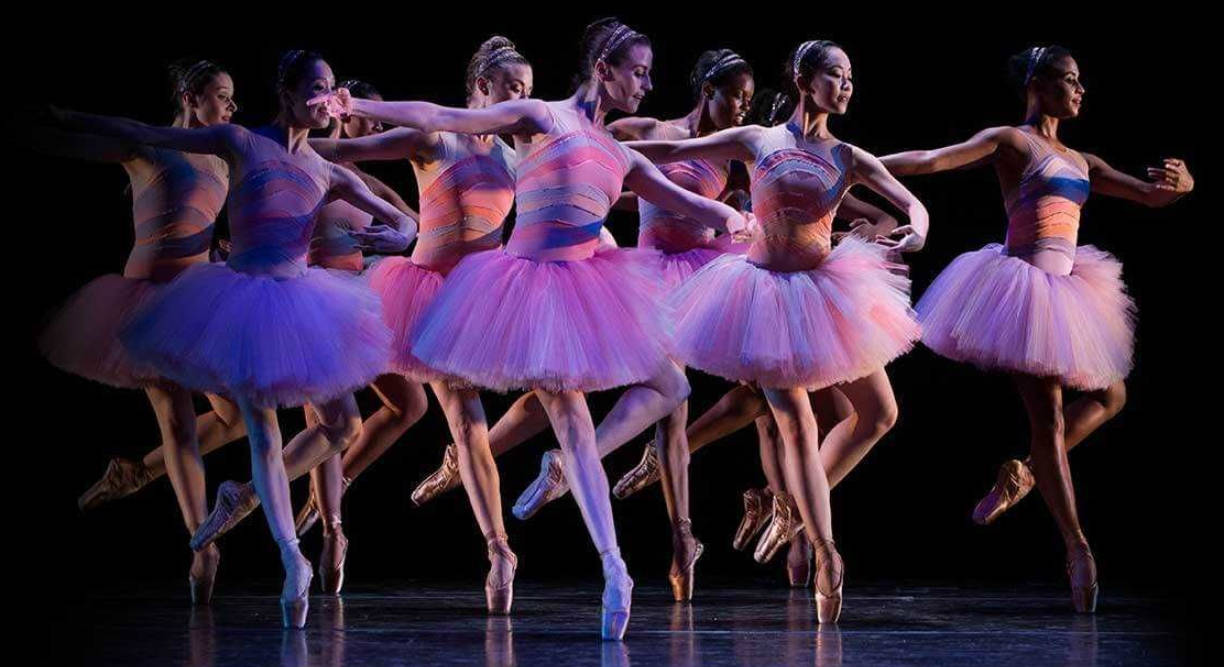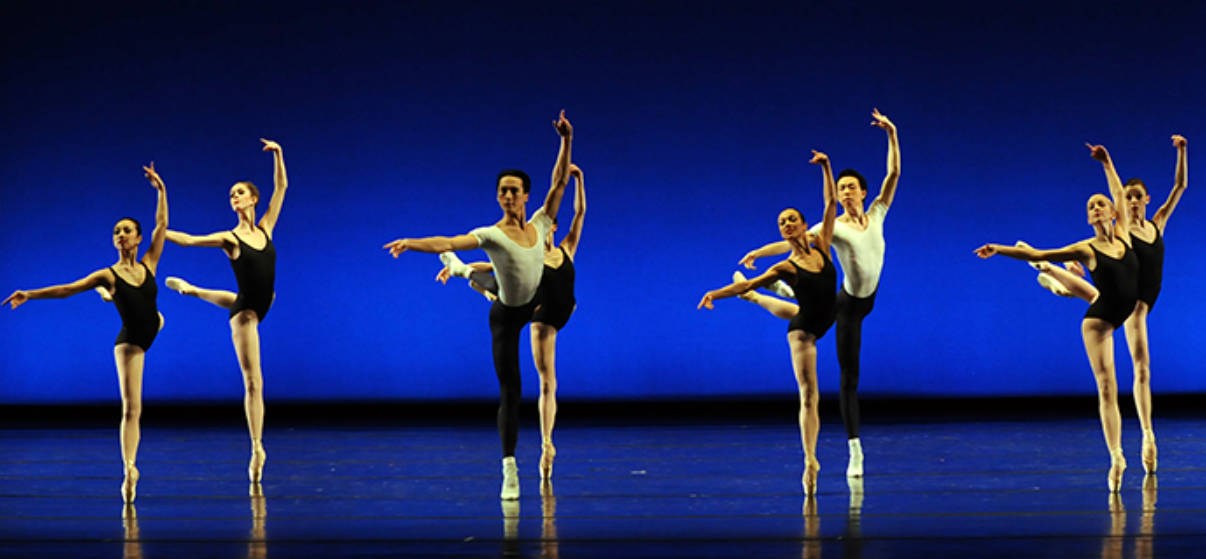Ballet is a highly technical form of dance that originated in the Italian Renaissance courts of the 15th century. It later developed into a concert dance form in France and Russia. Ballet is known for its graceful, flowing movements and emphasis on proper technique and form.
Origins of Ballet
Ballet began as a form of court entertainment in Italy, where it was performed in grand festivities and weddings. The term “ballet” comes from the Italian word “ballare,” which means “to dance.” Ballet’s earliest known performance was in 1489 in honor of the marriage of Duke Galeazzo Maria Sforza and Isabella of Aragon.
During the 16th century, ballet began to develop as a more structured form of dance with the emergence of the first ballet academies. In the 17th century, Louis XIV of France, who was an accomplished dancer, began to popularize ballet as a form of entertainment for the French court. He established the Académie Royale de Danse in 1661, which was the first ballet school.
Classical Ballet
Classical ballet is the most widely recognized form of ballet. It is characterized by its emphasis on technique and strict adherence to form. Classical ballet has a long and storied history, with famous works including Tchaikovsky’s “Swan Lake,” “The Nutcracker,” and “Sleeping Beauty.”
Neoclassical Ballet
Neoclassical ballet emerged in the 20th century as a response to the strict formality of classical ballet. This style of ballet incorporates a greater level of freedom and experimentation in movement and form, while still retaining the technical precision and grace of classical ballet. Famous neoclassical ballet works include George Balanchine’s “Apollo” and “The Four Temperaments.”

Contemporary Ballet
Contemporary ballet is a fusion of classical ballet and modern dance. It incorporates a greater level of improvisation and experimentation in form and movement, while still retaining the technical precision and formality of classical ballet. Famous contemporary ballet works include William Forsythe’s “In the Middle, Somewhat Elevated” and Twyla Tharp’s “In the Upper Room.”
In conclusion, ballet is a highly technical and formal style of dance that has its origins in the Italian Renaissance courts. It has since developed into a major concert dance form, with classical, neoclassical, and contemporary styles. Ballet has a rich and varied history, with famous works that continue to captivate audiences today.
